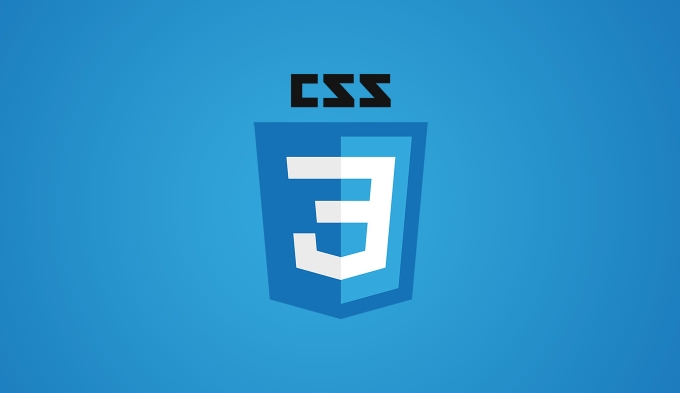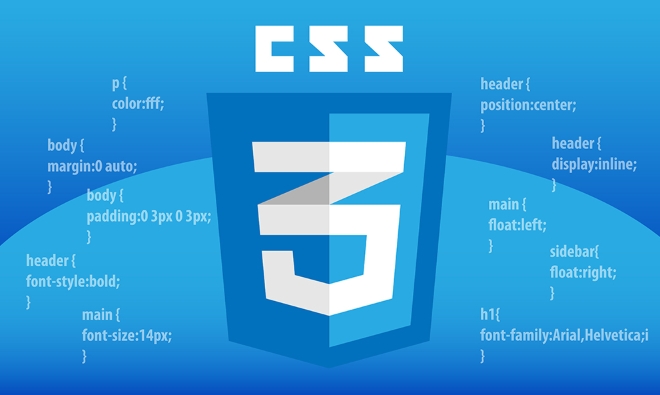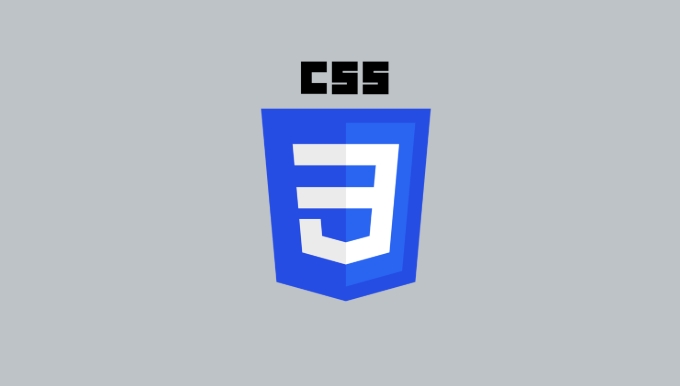will-change is a tool that prompts that some elements of the browser may change, but is not a performance magic wand. The following points should be followed when using: 1. Use only when expected to change frequently or complexly, such as transform, opacity or filter; 2. Add before the animation starts and remove after it ends; 3. Avoid global or premature application; 4. It should not be abused or retained for a long time; 5. Use performance debugging tools to judge the effect. Use correctly to optimize rendering, while using incorrectly can lead to performance degradation.

If you're trying to give the browser a heads-up about elements that might change, will-change can be a useful tool. But it's not a magic performance booster — it's more like a polite suggestion to the browser, not a command. Use it wisely, or it could actually hurt performance instead of helping.

What will-change Actually Does
The will-change property tells the browser that an element is expected to change in some way, so the browser may choose to optimize how it renders and composites that element ahead of time.

For example:
.element {
will-change: transform, opacity;
}This doesn't animate the element or do anything visual by itself. It just hints to the browser that these properties are likely to change soon. The browser might then decide to create a new layer for this element, which can help with smoother animations later on.

But again — this doesn't guarantee better performance . If overused or used at the wrong time, it can cause unnecessary memory use and comppositor churn.
When to Use will-change
Use will-change only when you expect frequent or complex changes to certain properties — especially ones that benefit from hardware acceleration, like transform , opacity , or filter .
Good use cases include:
- Animating cards or UI components that slide in/out
- Hover effects that involve transitions on
transformoropacity - Scroll-driven animations where elements fade or scale
Don't apply it to every element. That's like waking up your whole team for a meeting when only one person needs to act — inefficient and annoying.
Also, avoid applying it too early. If you set will-change on page load for elements that won't animate until much later (if ever), you're holding onto resources for no reason.
A better approach:
- Add
will-changeright before the animation starts - Remove it after the animation ends
You can toggle it with JavaScript or CSS transitions.
Common Mistakes and How to Avoid Them
People often misuse will-change thinking it will magically speed things up. Here are a few common traps:
Applying it globally : Never do
* { will-change: all; }. This tells the browser to prepare everything for changes, which defeats the purpose of optimization.Overusing
will-change: transform: Just because something moves doesn't mean it needs this hint. Only add it if you notice jank during the animation and suspect layer creation is the issue.Leaving it on long after it's needed : Once the animation is done, remove it. Keeping layers around unecessarily uses extra GPU memory.
If you're debugging performance issues, consider using tools like Chrome DevTools' Performance tab to see layer creation and paint times. That helps determine whether will-change is helping or hurting.
A Few Practical Tips
Here are a few real-world tips when working with will-change :
- Use sparingly: Only apply it to elements that need it.
- Target specific properties: Don't use
will-change: all. - Clean up after yourself: Remove the property once the animation is complete.
- Combine with
translateZ(0)oropacity: 0.99: Sometimes those tricks also trigger layer creation, but they're older methods and less efficient thanwill-change.
If you're animating something simple like a button hover, you probably don't need it. But for larger transitions or scroll-triggered animations, it might help smooth things out.
Basically that's it.
The above is the detailed content of Using CSS `will-change` for performance hints. For more information, please follow other related articles on the PHP Chinese website!

Hot AI Tools

Undress AI Tool
Undress images for free

Undresser.AI Undress
AI-powered app for creating realistic nude photos

AI Clothes Remover
Online AI tool for removing clothes from photos.

Clothoff.io
AI clothes remover

Video Face Swap
Swap faces in any video effortlessly with our completely free AI face swap tool!

Hot Article

Hot Tools

Notepad++7.3.1
Easy-to-use and free code editor

SublimeText3 Chinese version
Chinese version, very easy to use

Zend Studio 13.0.1
Powerful PHP integrated development environment

Dreamweaver CS6
Visual web development tools

SublimeText3 Mac version
God-level code editing software (SublimeText3)

Hot Topics
 How can I include CSS only on some pages?
Jun 11, 2025 am 12:01 AM
How can I include CSS only on some pages?
Jun 11, 2025 am 12:01 AM
There are three ways to selectively include CSS on a specific page: 1. Inline CSS, suitable for pages that are not frequently accessed or require unique styles; 2. Load external CSS files using JavaScript conditions, suitable for situations where flexibility is required; 3. Containment on the server side, suitable for scenarios using server-side languages. This approach can optimize website performance and maintainability, but requires balance of modularity and performance.
 Flexbox vs Grid: Understanding the Key Differences in CSS Layout
Jun 10, 2025 am 12:03 AM
Flexbox vs Grid: Understanding the Key Differences in CSS Layout
Jun 10, 2025 am 12:03 AM
Flexboxisidealforone-dimensionallayouts,whileGridsuitstwo-dimensional,complexlayouts.UseFlexboxforaligningitemsinasingleaxisandGridforprecisecontroloverrowsandcolumnsinintricatedesigns.
 Creating an Auto-Closing Notification With an HTML Popover
Jun 10, 2025 am 09:45 AM
Creating an Auto-Closing Notification With an HTML Popover
Jun 10, 2025 am 09:45 AM
The HTML popover attribute transforms elements into top-layer elements that can be opened and closed with a button or JavaScript. Popovers can be dismissed a number of ways, but there is no option to auto-close them. Preethi has a technique you can u
 What is 'render-blocking CSS'?
Jun 24, 2025 am 12:42 AM
What is 'render-blocking CSS'?
Jun 24, 2025 am 12:42 AM
CSS blocks page rendering because browsers view inline and external CSS as key resources by default, especially with imported stylesheets, header large amounts of inline CSS, and unoptimized media query styles. 1. Extract critical CSS and embed it into HTML; 2. Delay loading non-critical CSS through JavaScript; 3. Use media attributes to optimize loading such as print styles; 4. Compress and merge CSS to reduce requests. It is recommended to use tools to extract key CSS, combine rel="preload" asynchronous loading, and use media delayed loading reasonably to avoid excessive splitting and complex script control.
 How to use Lotties in Figma
Jun 14, 2025 am 10:17 AM
How to use Lotties in Figma
Jun 14, 2025 am 10:17 AM
In the following tutorial, I will show you how to create Lottie animations in Figma. We'll use two colorful designs to exmplify how you can animate in Figma, and then I'll show you how to go from Figma to Lottie animations. All you need is a free Fig
 Breaking Boundaries: Building a Tangram Puzzle With (S)CSS
Jun 13, 2025 am 11:33 AM
Breaking Boundaries: Building a Tangram Puzzle With (S)CSS
Jun 13, 2025 am 11:33 AM
We put it to the test and it turns out Sass can replace JavaScript, at least when it comes to low-level logic and puzzle behavior. With nothing but maps, mixins, functions, and a whole lot of math, we managed to bring our Tangram puzzle to life, no J
 External vs. Internal CSS: What's the Best Approach?
Jun 20, 2025 am 12:45 AM
External vs. Internal CSS: What's the Best Approach?
Jun 20, 2025 am 12:45 AM
ThebestapproachforCSSdependsontheproject'sspecificneeds.Forlargerprojects,externalCSSisbetterduetomaintainabilityandreusability;forsmallerprojectsorsingle-pageapplications,internalCSSmightbemoresuitable.It'scrucialtobalanceprojectsize,performanceneed
 Does my CSS must be on lower case?
Jun 19, 2025 am 12:29 AM
Does my CSS must be on lower case?
Jun 19, 2025 am 12:29 AM
No,CSSdoesnothavetobeinlowercase.However,usinglowercaseisrecommendedfor:1)Consistencyandreadability,2)Avoidingerrorsinrelatedtechnologies,3)Potentialperformancebenefits,and4)Improvedcollaborationwithinteams.






